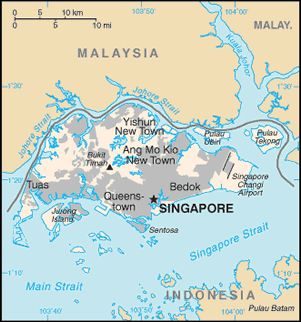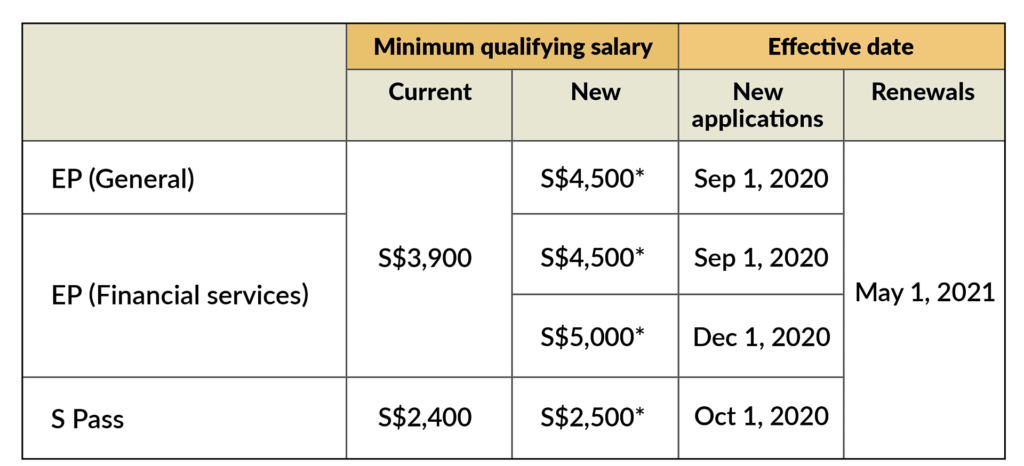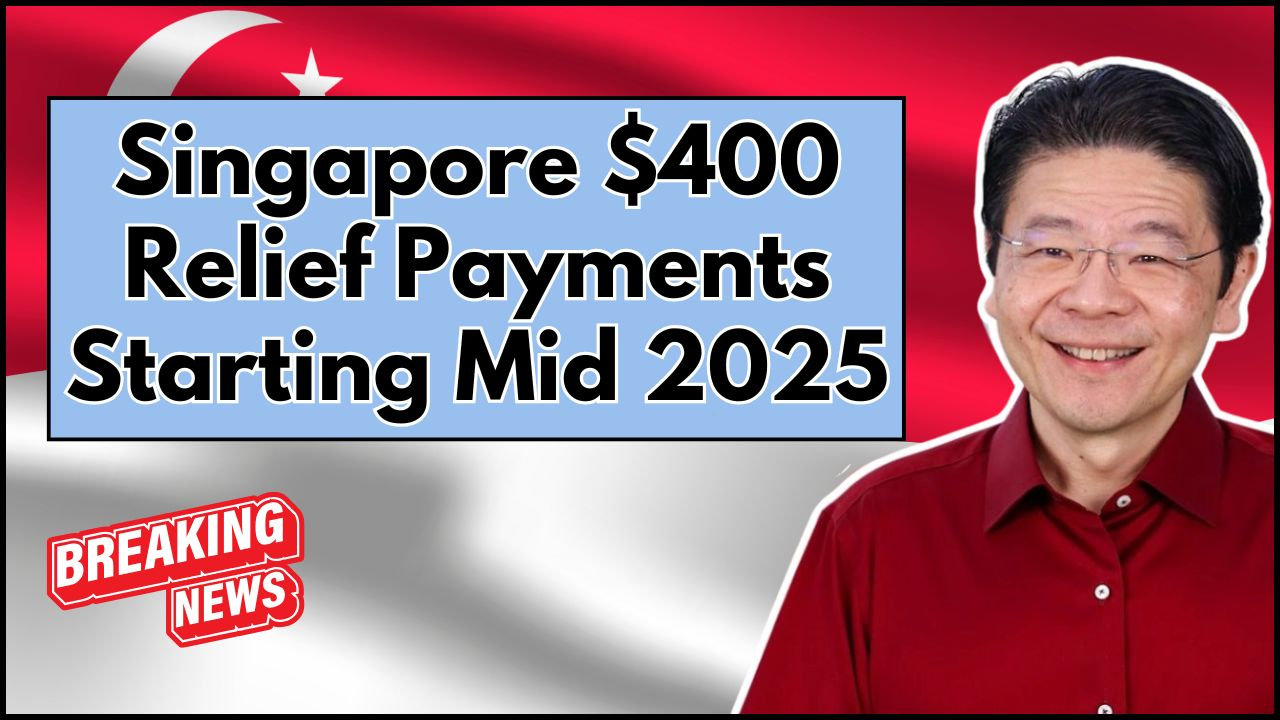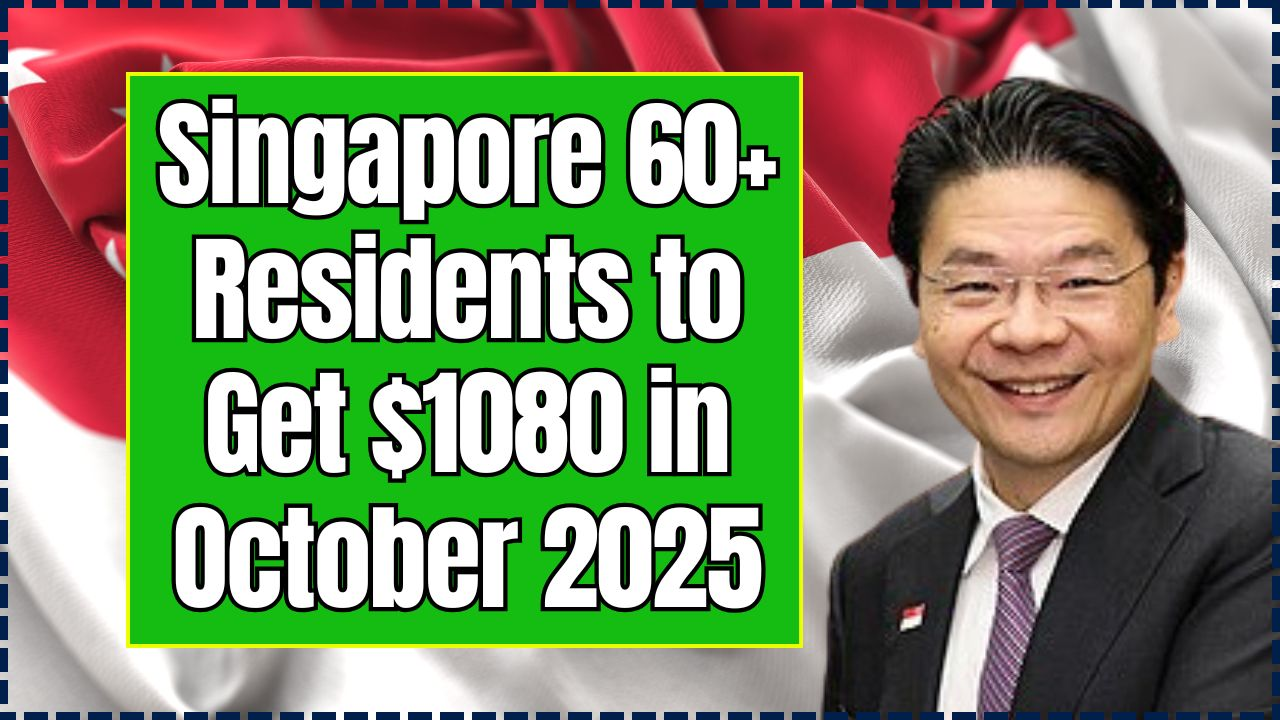
Singapore’s Ministry of Manpower (MOM) recently announced pivotal updates to the Work Permit system, effective from July 2025, with several changes rolling out later in the year. The government’s focus on adapting to a dynamic labor market, attracting skilled foreign talent, and ensuring fairness for all workers is at the core of these reforms. The changes will impact employers, foreign workers, and Singapore’s economy as a whole, reshaping the future of the country’s labor market.
Table of Contents
Key Changes in the Singapore Work Permit System
1. Removal of Employment Duration Cap
One of the most significant updates in Singapore’s work permit system is the elimination of the employment duration cap. Historically, foreign workers holding Work Permits had a set maximum number of years they could work in Singapore, which ranged between 14 to 26 years, depending on the sector and skill level. Starting from July 1, 2025, this cap will be lifted entirely.
This new policy is particularly beneficial for workers in sectors like construction, hospitality, and manufacturing, where long-term employment has been historically limited. The removal of this cap will provide stability for both employers and workers, enabling them to build longer-term careers in Singapore. Experts believe this change will also help Singapore maintain a more consistent and experienced foreign workforce.
2. Increased Age Limits for Applicants
The age limits for Work Permit applicants have also been raised. Previously, the maximum age for new applicants was 58, and the age limit for renewals was set at 60. Under the new policy, the maximum age for new applicants has increased to 61 years, and existing Work Permit holders can now renew their permits up to the age of 63.
These changes come as part of Singapore’s efforts to address the aging population and retain skilled foreign workers. The decision to raise the age limits gives older foreign workers a chance to continue contributing to the Singaporean workforce for longer. This is crucial for industries like healthcare, which depend heavily on experienced workers.
3. Expanded List of Approved Source Countries
To diversify its foreign workforce and reduce over-reliance on specific countries, Singapore has expanded the list of approved Non-Traditional Source (NTS) countries. Starting in July 2025, workers from countries such as Bhutan, Cambodia, and Laos will be eligible for Work Permits in addition to existing countries like Bangladesh, India, Myanmar, the Philippines, Sri Lanka, and Thailand.
This expansion is part of Singapore’s broader policy to bring in workers from a wider range of nations. This diversification helps address geopolitical risks, strengthens bilateral relations with a broader set of countries, and ensures a diverse foreign labor pool.

4. Introduction of Additional Occupations for Foreign Workers
In response to sector-specific labor shortages, Singapore will also be expanding the list of eligible occupations for foreign workers. Effective September 1, 2025, foreign workers will be able to apply for jobs in sectors like hospitality and transport, including positions such as cooks, heavy vehicle drivers, and manufacturing operators.
This policy change comes as the government aims to alleviate labor shortages in key sectors that have been struggling to attract sufficient local talent. By allowing foreign workers to fill these roles, Singapore will be able to meet its growing demand for labor while continuing to support the economic needs of various industries.
5. Adjustments to the S Pass Salary Threshold
As part of the updates, Singapore will increase the salary threshold for S Pass holders. Starting in September 2025, the minimum monthly salary for S Pass holders will rise to S$3,300 across all sectors. For workers in the financial services sector, the salary threshold will be higher, at S$3,800 per month.
The government’s aim is to ensure that mid-skilled foreign workers are paid fairly and that they are contributing meaningfully to Singapore’s economy. This move is expected to attract higher-quality foreign workers, align with market rates, and encourage foreign talent in critical sectors like finance and technology.

Expert Insights: Analyzing the Changes
Dr. Tan Wei Ming, a senior economist at the Singapore Institute of Labour Studies, emphasized the importance of these changes in securing Singapore’s position as a competitive, global labor market hub. “These changes not only address the pressing needs of the domestic economy, but also enhance the long-term sustainability of the foreign workforce,” Dr. Tan said. “With a more flexible system, Singapore can attract workers who are highly skilled and who can contribute meaningfully to our growth.”
Similarly, Ms. Lee Hui Ying, the CEO of Singapore Construction Association, highlighted the importance of extending the age limits. “The construction industry requires experienced workers, and the increased age limit means that we can retain skilled workers for longer, which is a significant boost,” Ms. Lee commented.
Eligibility Criteria for Work Permits
To qualify for a Work Permit under the new rules, applicants must meet specific criteria:
- Age: New applicants must be 61 years or younger; renewals are available for workers up to 63 years old.
- Source Country: Applicants must be from an approved country.
- Job Offer: Applicants must hold a valid job offer for an approved occupation.
- Employer Compliance: Employers must meet all MOM regulations, including levies and quotas.
- Health Check: Applicants must undergo a medical examination.
- Documentation: A valid passport with at least six months’ validity is required.
Comparing Singapore’s Work Permit Reforms with Global Policies
Singapore’s new Work Permit system mirrors trends seen in other countries facing similar labor market challenges. For example, the United Arab Emirates (UAE) has also made efforts to attract skilled foreign workers by providing long-term residency options. Australia, on the other hand, has focused on increasing the minimum wage threshold for temporary workers, much like Singapore’s adjustment to the S Pass salary threshold.
These global comparisons provide important context for understanding the direction of Singapore’s labor policies, and they highlight the growing international competition for skilled workers.
Challenges and Potential Roadblocks
Despite the positive changes, there are challenges. For employers, adapting to the increased age limits may require additional planning and investment in workers’ health and well-being. The expanded list of approved source countries could also create logistical hurdles for employers as they navigate new recruitment channels.
For local workers, there might be concerns about an influx of foreign labor potentially increasing competition in certain job sectors. While the government assures that fair employment practices will be enforced, some local employees might fear that the increased availability of foreign workers will reduce job opportunities for Singaporeans.
$1080 Singapore Silver Support Scheme 2025: Check Eligibility & Payment Date
Future Trends in Singapore’s Work Permit System
Looking ahead, Singapore is also closely monitoring trends in automation and artificial intelligence, both of which could significantly alter the need for foreign labor. As industries such as manufacturing and logistics increasingly embrace automation, the demand for manual labor could decrease, potentially leading to shifts in Work Permit policies to adapt to these changes.
Conclusion
Singapore’s overhaul of its Work Permit system in 2025 represents a forward-thinking approach to labor market sustainability. By removing employment duration caps, raising age limits, expanding the list of approved source countries, and introducing new occupations, the government is addressing both immediate and long-term workforce needs.
As these changes come into effect, businesses, foreign workers, and local employees alike will need to adapt. These reforms mark a significant step in Singapore’s continuous efforts to remain a competitive, global labor market hub.
















